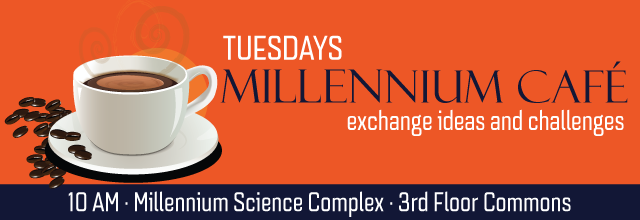
Developments in grating spectroscopy are one key to enabling new discoveries in the field of astronomy, particularly in X-ray/UV astronomy. I will present recent advances made by our group where we’ve developed new ways to build large-format gratings (i.e. dispersive elements) using nanofabrication techniques that are traditionally used in semiconductor device research. These fabrication efforts are coupled with testing of these gratings onboard sounding rockets, our overall efforts are contributing towards the design of future space telescopes.
